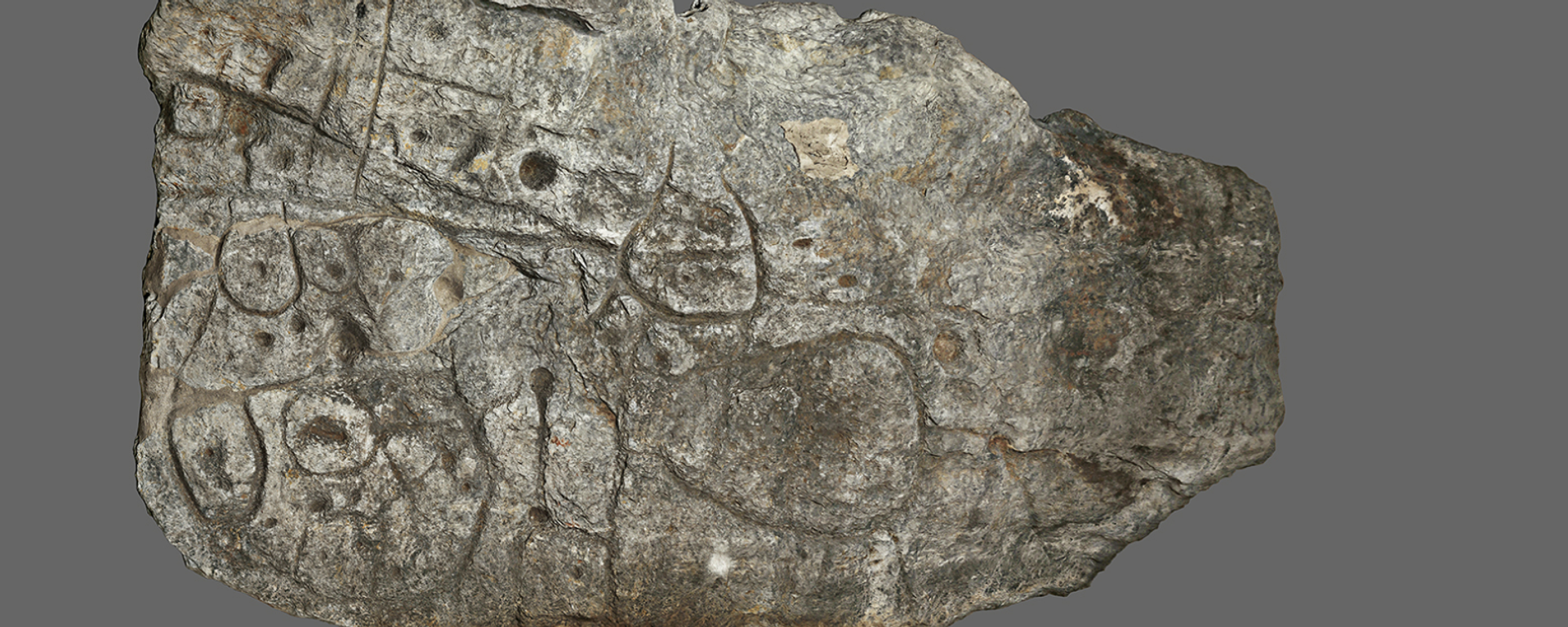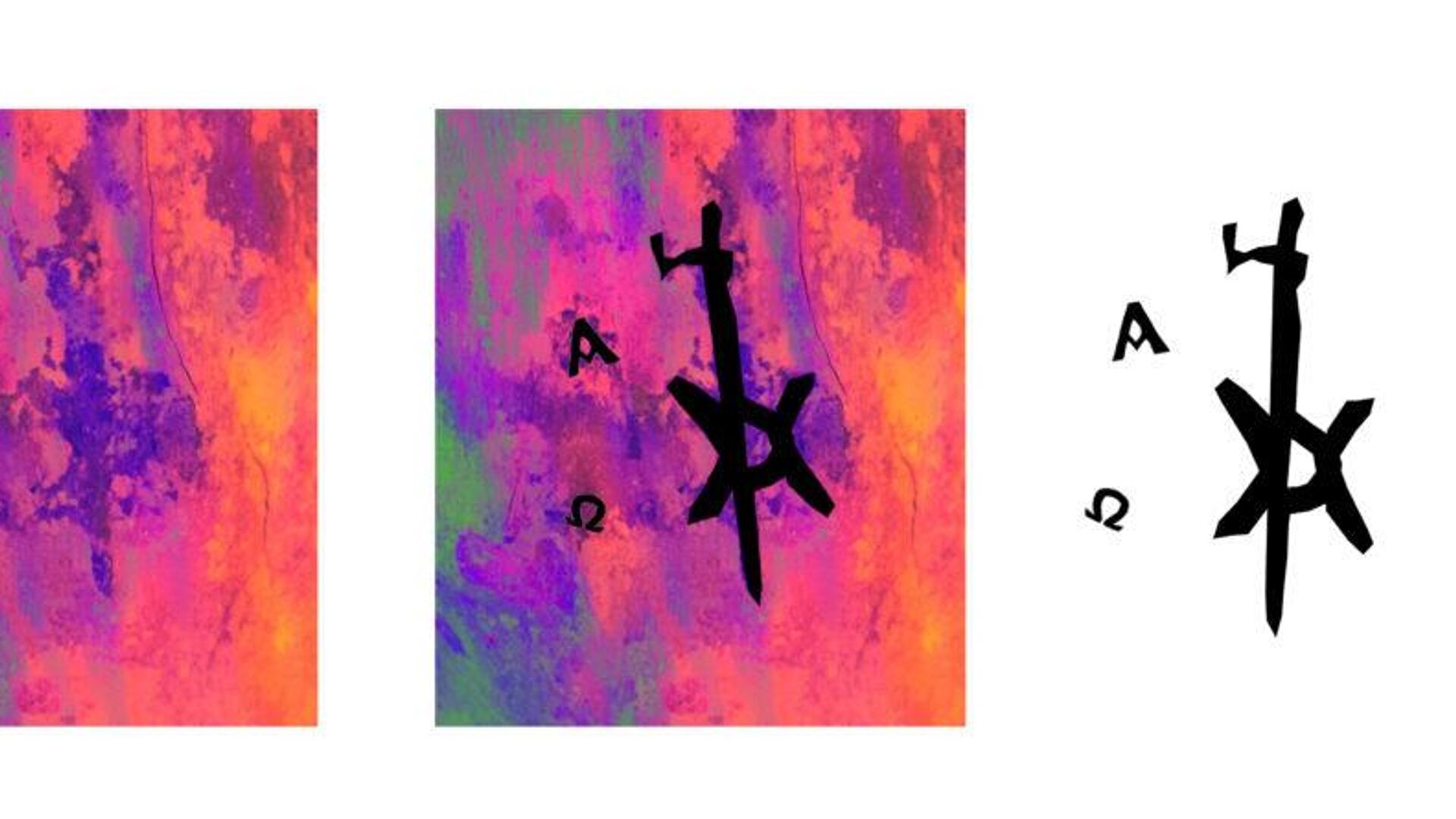https://sputnikglobe.com/20231024/tattoo-referencing-christ-unearthed-in-sudan-on-1300-year-old-excavated-body-1114439297.html
Tattoo Referencing Christ Unearthed in Sudan on 1,300-Year-Old Excavated Body
Tattoo Referencing Christ Unearthed in Sudan on 1,300-Year-Old Excavated Body
Sputnik International
The tattoo, featuring the "Chi-Rho" symbol and Greek letters alpha and omega, is only the second of its kind ever found in medieval Nubia, marking a significant archaeological revelation.
2023-10-24T00:50+0000
2023-10-24T00:50+0000
2023-10-24T00:49+0000
beyond politics
science & tech
sudan
christianity
archaeology
archeology
archaeology
university of warsaw
https://cdn1.img.sputnikglobe.com/img/07e7/0a/18/1114439135_175:0:966:445_1920x0_80_0_0_8f0cba344e2ad0a668825ed6ff748f74.jpg
Archaeologists from the Polish Centre of Mediterranean Archaeology (PCMA) at the University of Warsaw have revealed the fascinating discovery of a tattoo with references to Jesus Christ on a 1,300-year-old body uncovered in Sudan.The ancient inkwork features the "Chi-Rho" symbol, a fusion of Greek letters "chi" and "rho," representing Christ, as well as the Greek letters alpha and omega which symbolize God's eternal nature. The Chi-Rho abbreviation first emerged around A.D. 324, during the reign of Constantine as Roman Emperor.What adds intrigue to this find is the tattoo's location on the right foot. Some experts believe that Christ may have had a nail driven through this precise spot during his crucifixion. Bioarchaeologists Robert Stark and Kari Guilbault, who studied the tattoo, noted this significance:However, it remains unclear whether the individual bearing this symbol was a monk. The individual was not interred in the same cemetery as the monastery's monks, hinting at a broader Christian community in the area.The Ghazali site, situated in what is now considered Sudan, was subject to excavations between 2012 and 2018 by a Polish-Sudanese team led by Artur Obłuski, a professor of archaeology at the University of Warsaw.
https://sputnikglobe.com/20231018/archaeologists-aim-to-use-treasure-map-to-find-ancient-sites-across-northwestern-france-1114303500.html
sudan
Sputnik International
feedback@sputniknews.com
+74956456601
MIA „Rossiya Segodnya“
2023
News
en_EN
Sputnik International
feedback@sputniknews.com
+74956456601
MIA „Rossiya Segodnya“
Sputnik International
feedback@sputniknews.com
+74956456601
MIA „Rossiya Segodnya“
christ tattoo, ancient tattoo, sudan ghazali cemetery, virtual nubia, monasteries in ghazali, kari guilbault, christian symbols, christianity in ancient sudan, sudanese christian community
christ tattoo, ancient tattoo, sudan ghazali cemetery, virtual nubia, monasteries in ghazali, kari guilbault, christian symbols, christianity in ancient sudan, sudanese christian community
Tattoo Referencing Christ Unearthed in Sudan on 1,300-Year-Old Excavated Body
The stunning discovery, which was made in the site known as Ghazali, has raised a deep historical connection to Christianity in the region.
Archaeologists from the Polish Centre of Mediterranean Archaeology (PCMA) at the University of Warsaw have revealed the fascinating discovery of a tattoo with references to Jesus Christ on a 1,300-year-old body uncovered in Sudan.
The ancient inkwork features the "Chi-Rho" symbol, a fusion of Greek letters "chi" and "rho," representing Christ, as well as the Greek letters alpha and omega which symbolize God's eternal nature. The Chi-Rho abbreviation first emerged around A.D. 324, during the reign of Constantine as Roman Emperor.
What adds intrigue to this find is the tattoo's location on the right foot. Some experts believe that Christ may have had a nail driven through this precise spot during his crucifixion. Bioarchaeologists Robert Stark and Kari Guilbault, who studied the tattoo, noted this significance:
"It was quite a surprise to all of a sudden see what appeared to be a tattoo when I was working with the Ghazali collection. At first, I was not certain, but when the images were processed and the tattoo was clearly visible, any initial uncertainties were removed," said Guilbault.

18 October 2023, 21:44 GMT
However, it remains unclear whether the individual bearing this symbol was a monk. The individual was not interred in the same cemetery as the monastery's monks, hinting at a broader Christian community in the area.
The body was initially discovered during excavations in 2016, but the tattoo came to light more recently due to additional post-excavation analyses and full spectrum photography.
Radiocarbon dating suggests the individual lived between 667 and 774, a time when Christianity was the predominant religion in the region. The person was likely between 35 and 50 years old at the time of their death.
The Ghazali site, situated in what is now considered Sudan, was subject to excavations between 2012 and 2018 by a Polish-Sudanese team led by Artur Obłuski, a professor of archaeology at the University of Warsaw.



